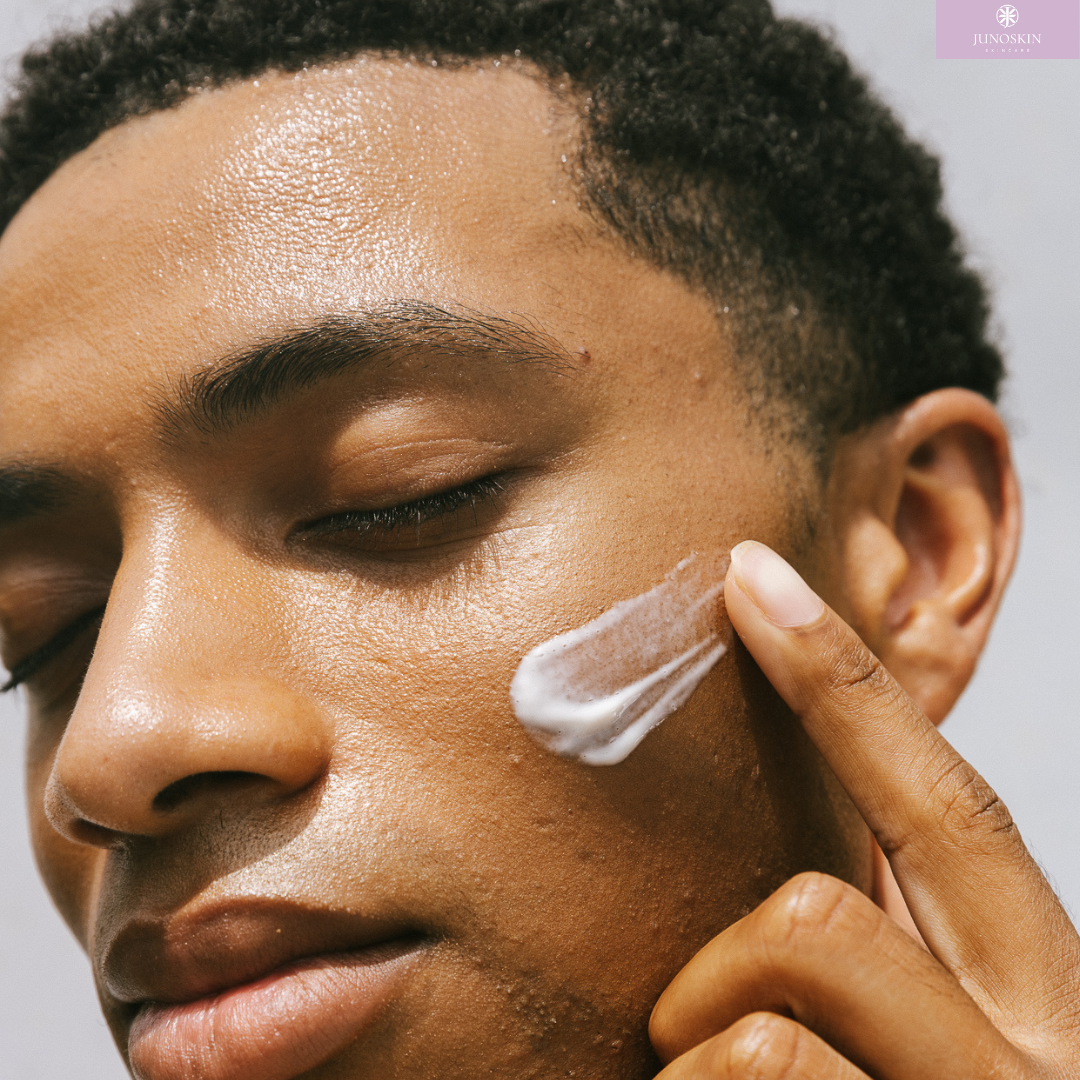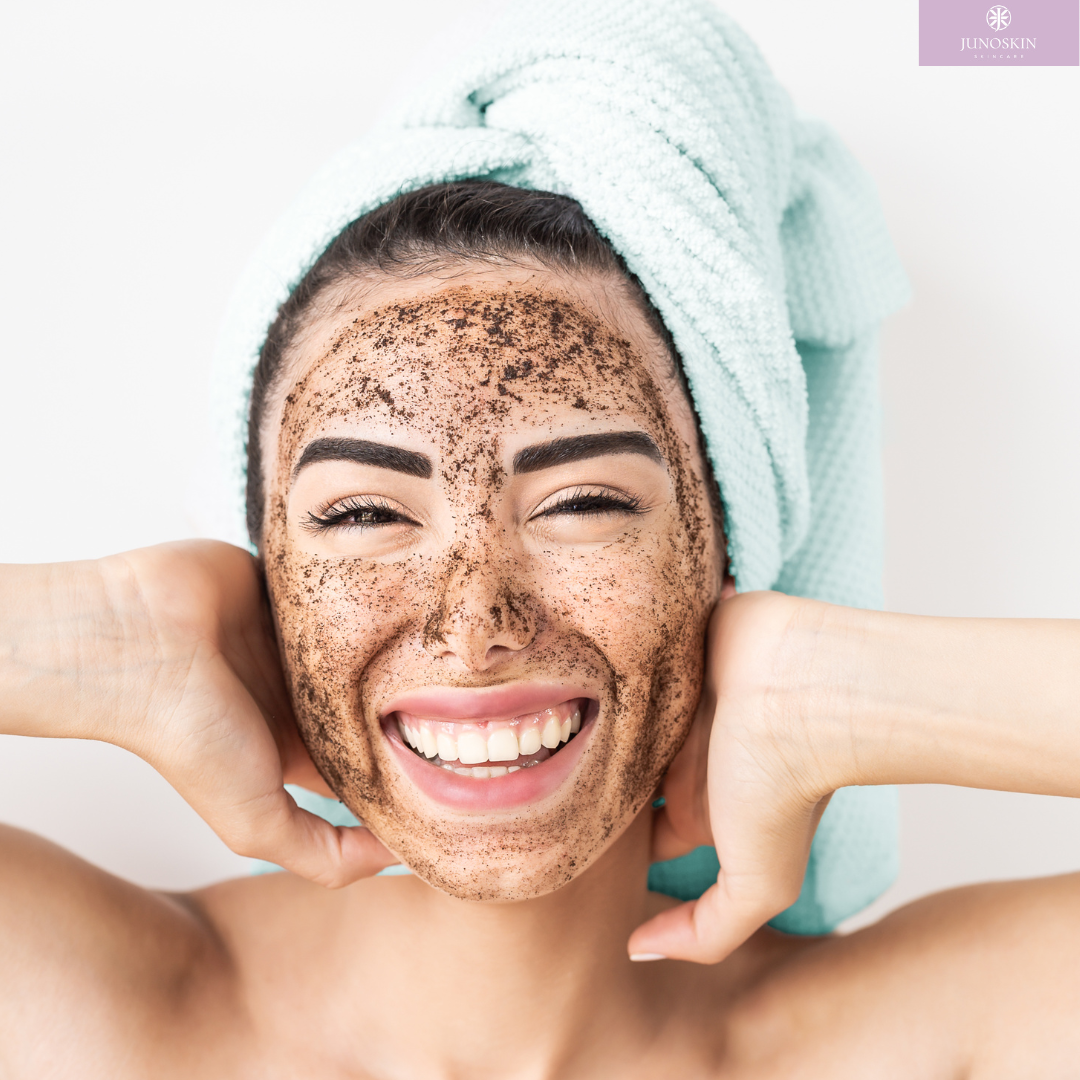What are the different types of sunscreen?
There are two main types of sunscreen: physical (also known as mineral) and chemical. Both types work to protect the skin from harmful UV rays, but they do so in different ways.
-
Physical Sunscreen: Physical sunscreens contain active mineral ingredients such as zinc oxide or titanium dioxide that sit on top of the skin and reflect or scatter UV rays away from the skin. Physical sunscreens are often recommended for people with sensitive skin, as they are less likely to cause irritation or allergic reactions. They are also effective immediately upon application, unlike chemical sunscreens, which need to be absorbed into the skin before they become effective.
-
Chemical Sunscreen: Chemical sunscreens work by absorbing UV rays and converting them into heat, which is then released from the skin. The active ingredients in chemical sunscreens include compounds such as avobenzone, oxybenzone, and octinoxate. Chemical sunscreens are often preferred for their lightweight, non-greasy texture and are available in a wider range of formulas such as sprays, gels, and lotions.
-
In addition to physical and chemical sunscreens, there are also combination sunscreens that contain both types of active ingredients. These sunscreens offer the benefits of both physical and chemical protection and are often preferred by people who want a more lightweight formula than traditional physical sunscreens but are hesitant to use chemical sunscreens.
It's important to note that some chemical sunscreens have come under scrutiny due to their potential to cause harm to coral reefs when they wash off in the ocean. Some locations have even banned certain chemical sunscreen ingredients to protect their coral reefs. For this reason, physical sunscreens are often recommended for use when swimming or engaging in water activities in areas with coral reefs.
What SPF should I use in hot and sunny countries?
In hot and sunny countries, it's important to use a sunscreen with a high SPF (Sun Protection Factor) to protect your skin from the harmful effects of the sun. The American Academy of Dermatology recommends using a broad-spectrum sunscreen with an SPF of 50 or higher. For people with fair skin or a history of skin cancer, it's recommended to use an even higher SPF.
It's important to note that a higher SPF does not necessarily mean that you can stay in the sun longer; it simply means that the sunscreen will provide more protection against UV rays.
It's also important to reapply sunscreen every two hours or after swimming or sweating, even if the sunscreen is labeled as water-resistant. When applying sunscreen, be sure to use enough to cover all exposed skin, and don't forget to apply it to often overlooked areas like the ears, back of the neck, and tops of the feet.
In addition to using sunscreen, it's also recommended to seek shade during the peak hours of sun exposure (usually between 10 am and 4 pm), wear protective clothing such as long-sleeved shirts and hats, and wear sunglasses to protect your eyes from UV rays.
What SPF should I use in winter?
It's important to protect your skin from the sun's harmful rays year-round, even in the winter when the weather may be cooler and cloudier. Although the intensity of UV rays may be lower in the winter, they can still cause damage to the skin, especially at high altitudes or in areas with snow or ice that reflect UV rays.
The American Academy of Dermatology recommends using a broad-spectrum sunscreen with an SPF of 30 or higher every day, regardless of the season or weather conditions.
When choosing a sunscreen for winter use, it's important to look for a broad-spectrum formula that protects against both UVA and UVB rays, as both types can cause damage to the skin. It's also a good idea to choose a moisturising formula to help combat the dryness that can be exacerbated by cold, windy weather.
If I have black/asian skin, what SPF can I use?
People with black skin are still susceptible to the harmful effects of UV radiation, including sunburn, premature ageing, and skin cancer. While darker skin tones do provide some natural protection against UV radiation, it's still important to use sunscreen with an appropriate SPF.
The American Academy of Dermatology recommends using a broad-spectrum sunscreen with an SPF of 30 or higher for all skin types, including black skin. If you have a history of skin cancer or are at higher risk due to family history or other factors, you may want to use a higher SPF of 50 or higher.
It's important to note that higher SPF values do not provide significantly more protection than lower values. For example, an SPF of 30 filters out about 97% of UVB radiation, while an SPF of 50 filters out about 98%.
When choosing a sunscreen for black skin, it's important to look for a formula that is moisturising and won't leave a white cast or ashy appearance on the skin. Some sunscreens may contain tinted or sheer formulas that blend well with darker skin tones.





